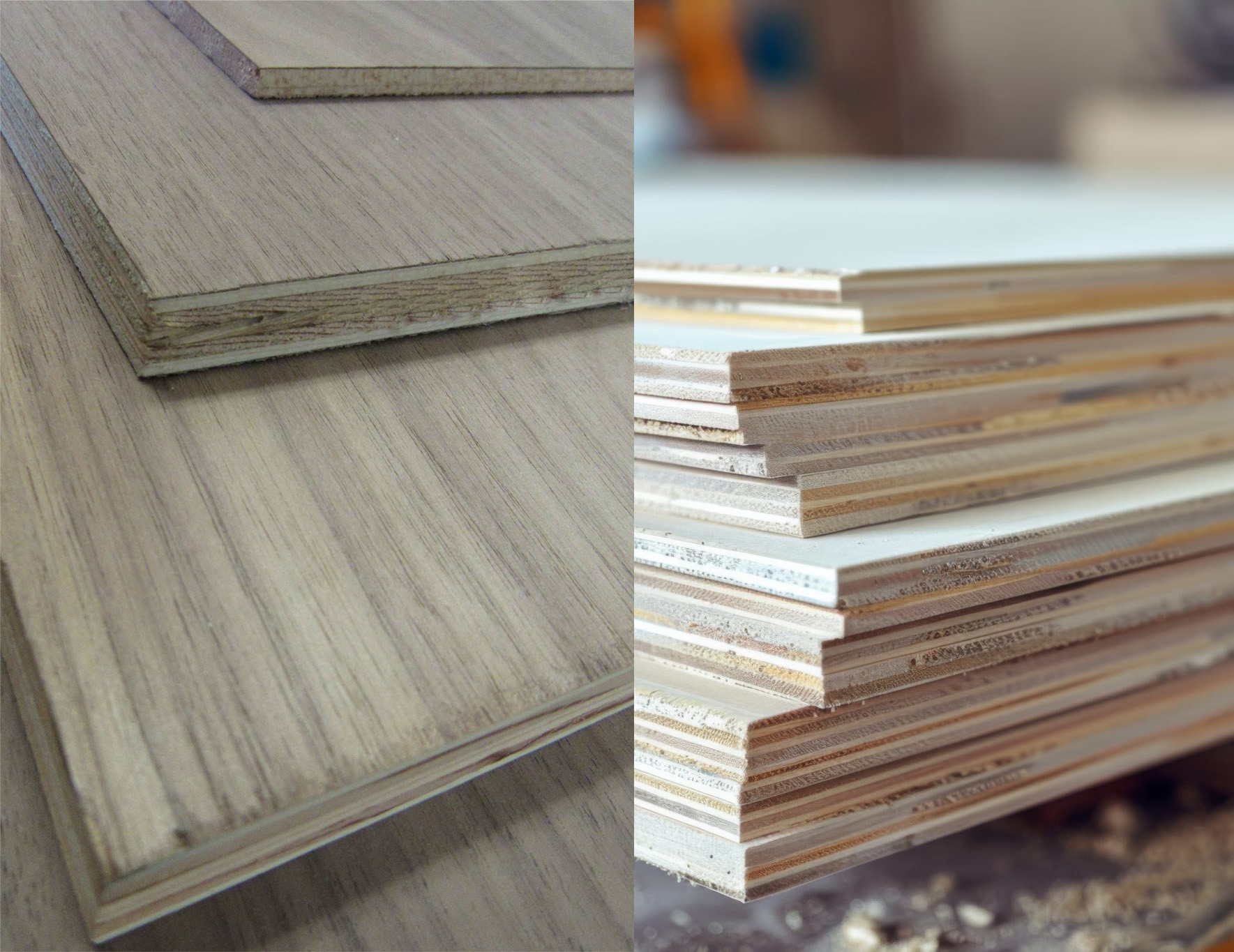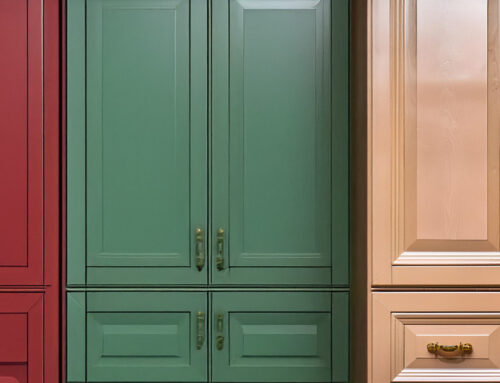Introduction
When building or renovating your cabinetry, selecting quality plywood for residential cabinetry is a critical decision. Not only does the right plywood enhance the aesthetic appeal of your cabinets, but it also contributes to their long-term durability. In addition, understanding the different types of plywood can help you make an informed choice that perfectly suits your project.
Types of Plywood for Cabinetry
A-Grade Plywood
Firstly, A-Grade plywood represents the highest quality available. This plywood features a smooth, blemish-free surface and is ideal for visible parts of cabinetry, such as cabinet faces or exterior panels. Moreover, with fewer knots and imperfections, A-Grade plywood offers a sleek, professional finish that is easy to stain or paint.
B-Grade Plywood
Secondly, B-Grade plywood is slightly lower in quality compared to A-Grade, as it may include minor imperfections such as small knots or surface blemishes. However, it remains an excellent option for interior cabinet parts that are not prominently visible, like shelves or backs. Furthermore, its relatively smooth surface makes it well-suited for finishing.
C-Grade Plywood
Next, C-Grade plywood contains more noticeable imperfections, including larger knots and cracks. Although it is generally used for internal components that will not be exposed, it might not be the best choice for highly visible cabinetry. Nonetheless, it is a cost-effective option when budget constraints are a primary concern.
Engineered Veneer Plywood (EVP)
Additionally, engineered veneer plywood (EVP) consists of thin layers of high-quality wood veneer bonded to a core made from recycled wood products. As a result, it offers a uniform and stable surface that is less likely to warp or shrink over time. Consequently, EVP is increasingly popular for high-end cabinetry due to its consistency and sustainability.
Quality Considerations
When evaluating plywood, several factors determine its overall quality. For example, higher-quality plywood for residential cabinetry generally contains more plies, which significantly enhances its stability and reduces the risk of warping or bowing. In addition, strong adhesive bonding and the absence of delamination are crucial for long-lasting cabinetry. Therefore, carefully consider these quality aspects to ensure that your project meets both durability and aesthetic standards.
Why Quality Matters
Choosing the right plywood not only improves the visual appeal of your cabinetry but also ensures it withstands daily wear and tear. Higher-quality plywood resists issues like warping, cracking, and moisture damage, thereby protecting your investment. Moreover, a superior surface provides a smoother base for staining, painting, or veneering, which ultimately enhances the overall finish of your cabinetry.
Conclusion
In summary, when selecting plywood for your cabinetry project, balancing cost, appearance, and durability is essential. By opting for quality plywood for residential cabinetry, you ensure that your cabinets remain both beautiful and functional for years to come. So, take the time to understand your options—from A-Grade to engineered veneer plywood—and make a decision that guarantees long-lasting performance.




Leave A Comment